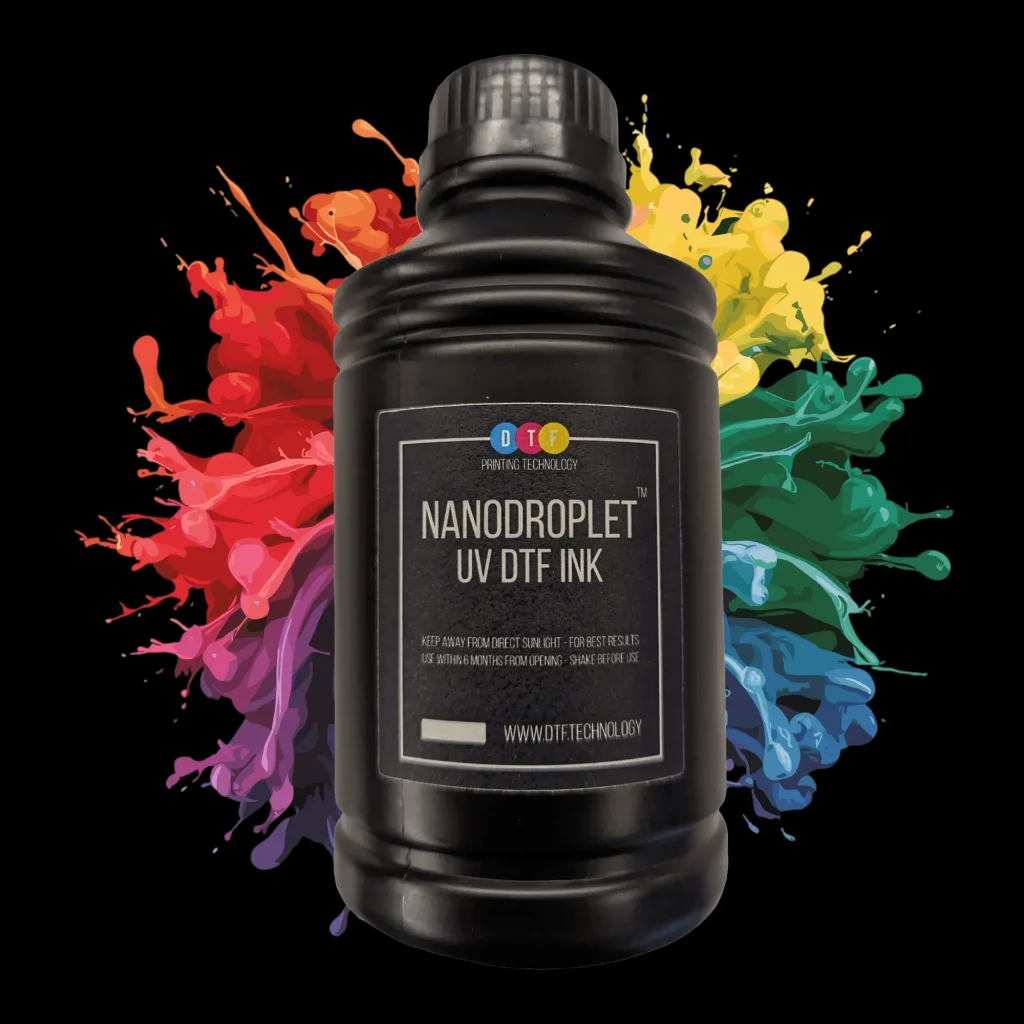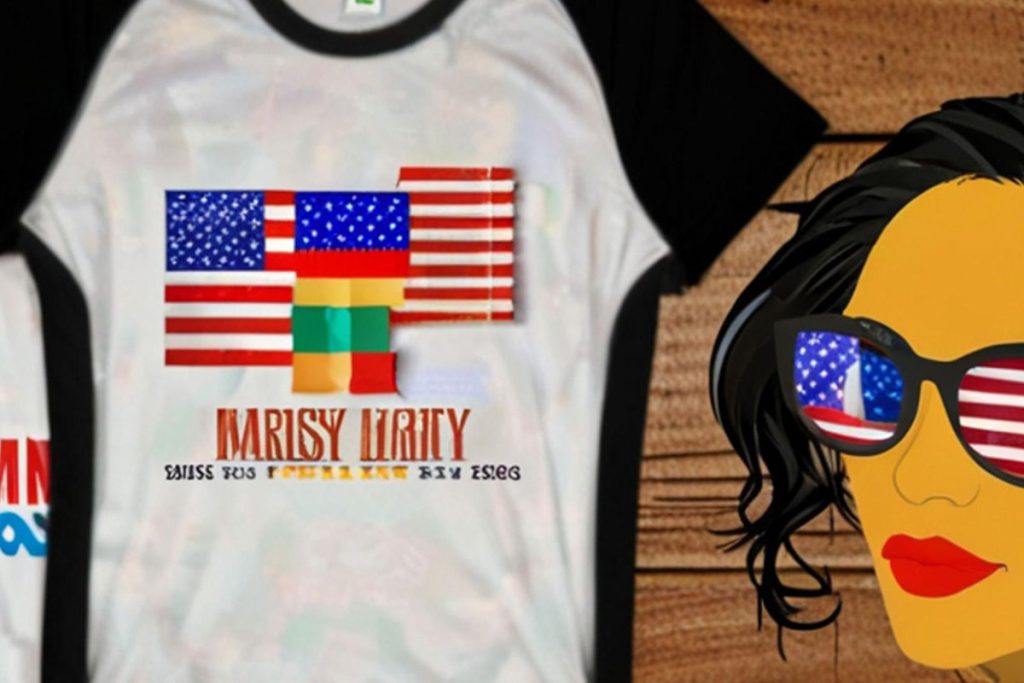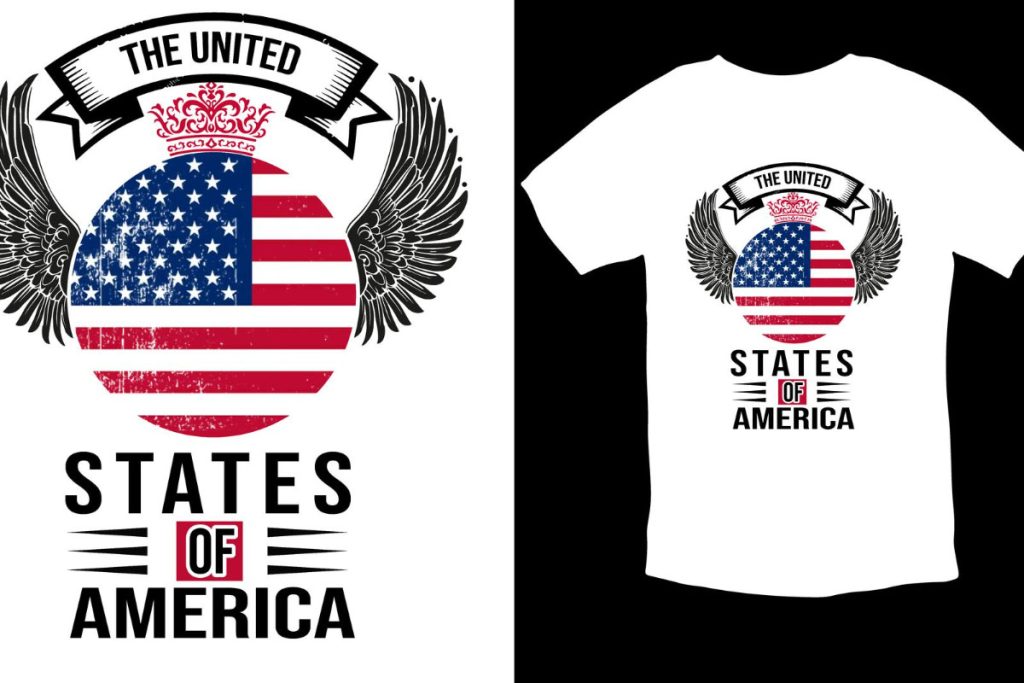UV DTF technology, or Ultraviolet Direct to Film technology, is revolutionizing the printing industry with its notable eco-friendly attributes. This cutting-edge method relies on UV light to cure inks immediately upon application, significantly reducing the emission of volatile organic compounds (VOCs) associated with traditional printing. By adopting UV DTF technology, businesses can enjoy high-quality prints while also embracing sustainable printing solutions that align with today’s environmental goals. Furthermore, the use of biodegradable inks and sustainable materials ensures that companies are not just meeting customer needs, but also contributing positively to the planet. In this article, we will explore the environmental benefits of UV DTF technology and how it leads the charge towards a greener printing future.
The advancements in UV Direct to Film technology represent a beacon of hope in the quest for sustainable printing alternatives. Often referred to as eco-friendly printing technology, this innovative approach employs ultraviolet light to efficiently cure inks, thus minimizing harmful atmospheric emissions typically produced by conventional printing methods. With the increasing demand for sustainable printing solutions, UV DTF emerges as a crucial player, not only ensuring vibrant and durable designs but also prioritizing ecological responsibility. This technique supports the use of smaller ink volumes and biodegradable inks, which further enhances its appeal among environmentally conscious consumers. As we delve deeper into this topic, the significant advantages of this novel printing method become more apparent, showcasing its vital role in reducing environmental impact.
What is UV DTF Technology?
UV Direct to Film (DTF) technology is a modern printing method that has been gaining popularity due to its remarkable efficiency and environmental advantages. Unlike traditional printing technologies, UV DTF utilizes ultraviolet light to cure the ink almost instantaneously upon application. This means that prints are ready for handling much faster, reducing downtime and boosting productivity significantly. As this method becomes widely adopted in various sectors, it has reshaped the way industries approach printing, especially in environmentally conscious domains.
Moreover, the precision that UV DTF brings to the printing process allows for intricate designs and high-quality graphics, making it ideal for textiles, promotional materials, and creative graphics. Its ability to print on various substrates further enhances its appeal, as businesses can now achieve diverse outputs without compromising on quality or environmental standards. Through its innovative use of UV curing technology, UV DTF not only meets the demands of modern printing but also adheres to sustainable printing solutions.
Environmental Benefits of UV DTF: A Deep Dive
The environmental benefits of UV DTF technology are multifaceted and substantial. One of the most pressing issues in conventional printing is the emission of volatile organic compounds (VOCs), which pose health risks and contribute to air pollution. However, UV DTF technology minimizes these emissions significantly. By using specially formulated UV inks that cure instantly, the amount of VOCs released during the printing process is drastically reduced, aligning with the growing concerns about air quality and health safety.
In addition to reducing harmful emissions, the technology also contributes to lower energy consumption. Traditional printing often requires extensive drying time and additional heating equipment, leading to higher energy use. Conversely, UV DTF technology’s instant curing attributes mean less energy is required throughout the printing cycle. By adopting this innovative approach, businesses can decrease their carbon footprint, positioning themselves as leaders in sustainable practices while enjoying cost savings.
Waste Reduction Strategies in UV DTF Technology
Waste management is becoming increasingly vital in the printing industry as businesses strive for sustainability. UV DTF technology contributes significantly to waste reduction by enabling precise printing on demand. This means that businesses can produce only what is necessary without overprinting, which traditionally contributes to surplus materials and waste. By eliminating excess prints and enabling customized outputs, UV DTF not only supports sustainability but also enhances cost efficiency for companies.
Moreover, the shift towards using biodegradable inks in conjunction with UV DTF technology further enhances waste reduction efforts. As more manufacturers develop sustainable materials, the eco-friendly inks fit seamlessly into the UV printing landscape. When these inks are used, the overall waste footprint of the printing process gets minimized, fostering a circular economy where materials are either recyclable or biodegradable, reducing the impact on landfills.
The Role of Biodegradable Inks in Eco-Friendly Printing
Biodegradable inks are at the forefront of the movement towards eco-friendly printing solutions, making a significant impact in the UV DTF technology domain. These inks are designed to break down naturally over time, thus preventing long-term pollution associated with traditional ink types. Their integration into the UV DTF process highlights a commitment not only to quality and performance but also to environmental stewardship. As consumers become more aware of the ecological implications of their purchases, businesses using biodegradable inks can market themselves effectively and appeal to a more environmentally conscious audience.
The innovation of biodegradable inks complements the rapid curing capability of UV DTF technology. As environmental standards continue to tighten, the ability to use inks that do not harm the ecosystem while ensuring high-quality prints offers significant advantages. This trend supports manufacturers in achieving certifications that resonate with modern consumers who prioritize sustainable products. Furthermore, as the demand for eco-friendly printing grows, companies adopting biodegradable inks are positioning themselves as pioneers in the competitive printing industry.
Key Advantages of UV Printing Technologies
UV printing technologies, including UV DTF, boast several advantages that set them apart from traditional methods. One of the most notable benefits is the sharper and more vibrant color quality that can be achieved due to the immediate curing process. Traditional inks often require drying time, which can lead to smudges and less accurate color representation. In contrast, UV DTF technology’s ability to cure instantly ensures that the ink maintains its intended quality, allowing for stunning visuals that can meet customer demands for high fidelity.
Moreover, the versatility of UV printing expands its application potential across various industries, from textiles to packaging and signage. The technology can print on a wide array of substrates, including rigid and flexible materials, enhancing its adaptability. This flexibility enables businesses to explore diverse branding opportunities while simultaneously reducing their reliance on traditional forms of printing that may not align with sustainability goals.
Future Trends in UV DTF and Sustainable Printing Solutions
As we explore future trends in UV DTF technology, sustainability remains a central theme driving innovation. The growing emphasis on reducing environmental impacts is propelling the development of new ink formulations, such as low-energy UV inks. These formulations not only decrease energy consumption further but are also made from renewable resources, paving the way for a more sustainable printing industry. Businesses embracing these advancements not only improve their operational efficiency but also resonate with an increasingly eco-aware consumer base.
Additionally, the UV printing market is expected to witness robust growth as more businesses transition towards sustainable printing solutions. Companies that adopt UV DTF technology position themselves at the forefront of this shift, as they are viewed as environmentally responsible entities. As awareness around environmental issues continues to grow, adopting sustainable printing methods will not only enhance brand reputation but may also be essential for compliance with emerging and stricter environmental regulations.
Frequently Asked Questions
What are the environmental benefits of UV DTF technology?
UV DTF technology offers multiple environmental benefits, including significantly reduced volatile organic compounds (VOCs) emissions, lower energy consumption during the printing process, and enhanced waste reduction. By utilizing UV-curable inks that emit fewer pollutants and printing on demand, businesses can minimize their carbon footprint while promoting sustainable practices.
How does UV printing advantage eco-friendly printing technology?
UV DTF technology stands out as an eco-friendly printing solution due to its fast curing process that requires less energy and significantly lowers VOC emissions. This method utilizes eco-friendly inks and sustainable materials, allowing businesses to adopt printing practices that are both efficient and environmentally responsible.
Are biodegradable inks used in UV DTF technology?
Yes, UV DTF technology can be paired with biodegradable inks, which further enhance its sustainability profile. The shift towards using environmentally friendly inks supports sustainable printing efforts and caters to consumers who prioritize eco-conscious products, making UV DTF an appealing choice for environmentally aware brands.
What makes UV DTF technology a sustainable printing solution?
UV DTF technology is considered a sustainable printing solution because it effectively reduces energy consumption, minimizes harmful emissions, and promotes waste reduction. Its capability to print on demand and use of biodegradable inks align with environmental goals, making it a favorable option for businesses seeking to lessen their ecological impact.
How does UV DTF technology reduce waste in the printing process?
The precision of UV DTF technology allows for on-demand printing, which minimizes excess materials and reduces waste. Traditional printing often results in overproduction, but with UV DTF, businesses can print exactly what is needed, thereby promoting responsible resource usage and shrinking their waste footprint.
What future trends are emerging in UV DTF technology related to sustainability?
Emerging trends in UV DTF technology include the development of low-energy UV inks that cure at lower temperatures and the increasing focus on sustainable materials in printing processes. As consumer awareness regarding sustainability grows, companies leveraging these innovations will likely stand out in the market, enhancing their commitment to eco-friendly practices.
| Aspect | Details |
|---|---|
| What is UV DTF Technology? | A unique printing method that uses ultraviolet light to cure ink on film, creating high-quality images on various materials. |
| Reduction of VOCs | UV DTF technology reduces volatile organic compounds emissions during the printing process, contributing to improved air quality and workplace safety. |
| Lower Energy Consumption | This method minimizes reliance on traditional drying equipment, leading to significant energy savings and reduced carbon footprints. |
| Waste Reduction | Precise on-demand printing reduces surplus materials, thus minimizing waste generation and promoting sustainable operations. |
| Sustainable Materials | The use of biodegradable and recyclable inks and films supports eco-friendly practices, appealing to environmentally conscious consumers. |
| Market Trends | Growing demand for sustainable printing solutions boosts the UV printing market and leads to advancements in eco-friendly ink technology. |
| Consumer Preferences | A shift towards brands committed to sustainability highlights the relevance of UV DTF technology in enhancing brand loyalty. |
Summary
UV DTF technology represents a pivotal advancement in sustainable printing practices. This innovative technology not only allows for high-quality graphics but also significantly contributes to environmental preservation efforts. By reducing VOC emissions, conserving energy, and minimizing waste, UV DTF technology sets a new standard for printing processes. As businesses increasingly align their operational practices with eco-friendly principles, embracing UV DTF technology becomes essential in meeting modern consumer demands for sustainability. This forward-thinking approach ensures that companies can thrive in a competitive marketplace while making a positive impact on the environment.



